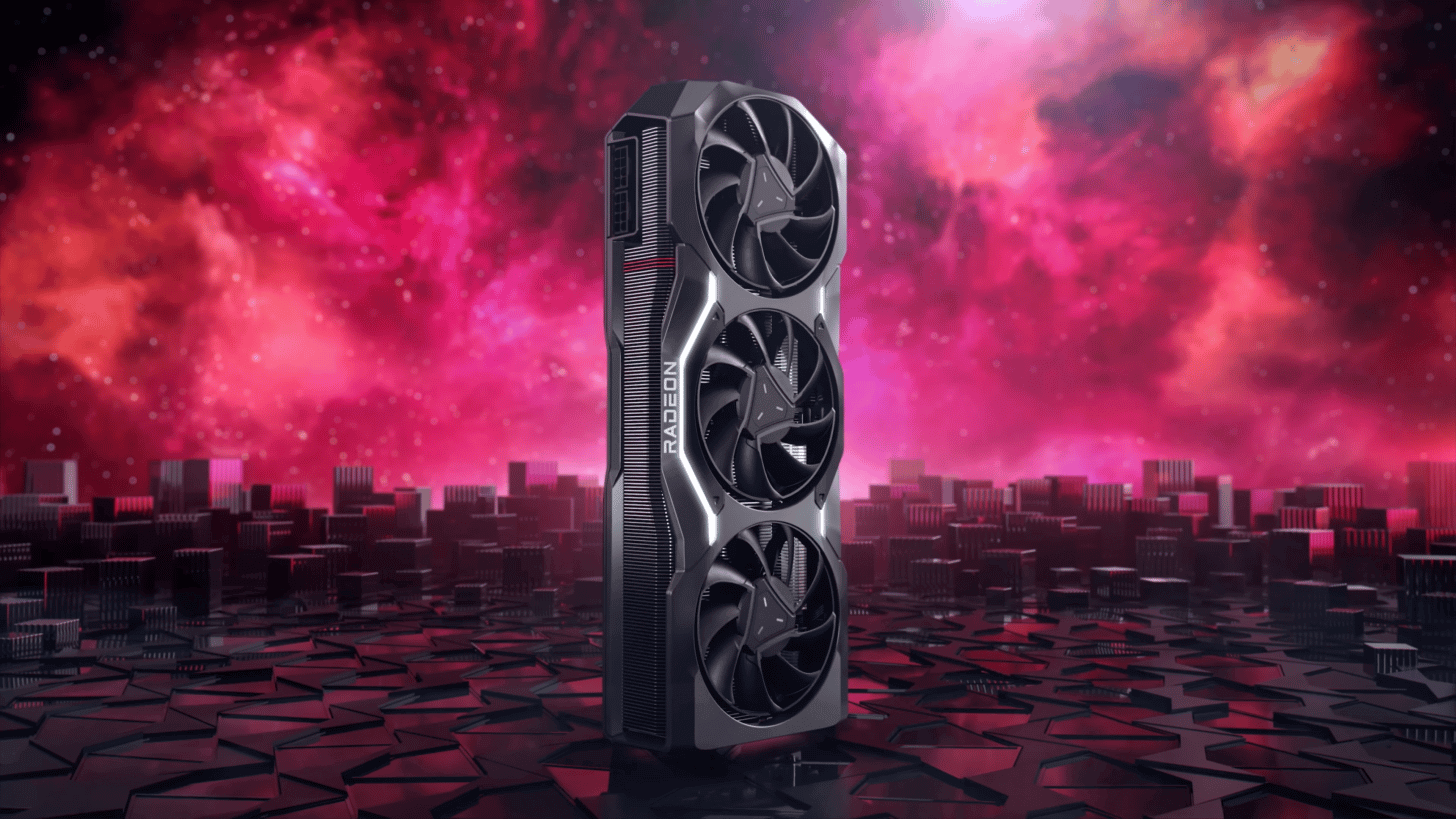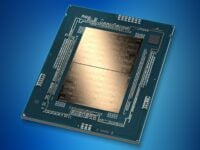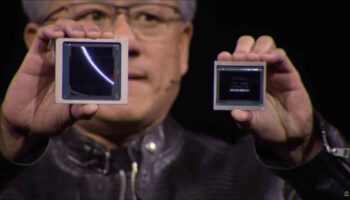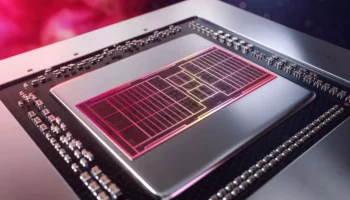AMD’s RDNA 3-shaped cat is finally out of the bag. While most of the specifications align with previous rumors, there are surprises under the hood. The dedicated AI accelerators make it to the top of the list. For the first time, AMD has invested die space into fixed-function hardware to speed up specific “AI instructions.” It’s unclear whether they’re similar to NVIDIA’s Tensor cores or simple, but we can be sure they’ll help with FSR 3.0. Much like DLSS 3, AMD promises a performance gain of up to 2.7x courtesy of these accelerators.
The 2nd Gen Infinity Cache is the second thing you should know about. Spread across the six Memory Cache Dies, the L3 cache offers a peak bandwidth of 5.3 TB/s for on-die assets, a 2.7x improvement over the previous implementation.
In another first, AMD has decoupled the front-end and shader clocks. The former tops out at 2.3GHz, while the latter can go as high as 2.5GHz, the same as RDNA 2. Disappointing, considering that it’s a full node shrink (N7->N5).
The SIMDs and, by extension, the Compute Units have been consolidated with twice as many stream processors as RDNA 2. This has resulted in a dual-issue design where each SIMD will issue two waves instead of one, thereby doubling the instruction issue rate. At the same time, this doesn’t necessarily translate to 2x throughput, as the execution cycles will be longer. In addition, AMD has implemented some form of flexible FP to INT switch for better utilization and fewer hang-ups.
The Ray Accelerator units have been upgraded and can now track 50% more rays along with support for ray box sorting and traversal. An improvement over RDNA 2 but no match for Ada’s 3rd Gen RT Core.
You get a GPU up to 70% faster than the RDNA 2 flagship. However, in ray-traced workloads, the Radeon RX 7900 XTX is ahead of the RX 6950 XT by a mediocre 50-60%. A grim sign given how hard the latter chokes in RT workloads. Absence of competitor comparisons isn’t encouraging either.
The Radeon RX 7900 XTX offers 61 TFLOPs of compute performance, courtesy of 58 billion transistors on TSMC’s 5nm node. The flagship packs 24GB of GDDR6 memory, while the XT trims it down to 20GB. Both come with a 384-bit bus paired with next-gen 20Gbps+ memory modules.
The Radeon RX 7900s have a TBP of 355W with an MSRP of $899 for the XT and $999 for the XTX. Availability starts from the 13th of December.






